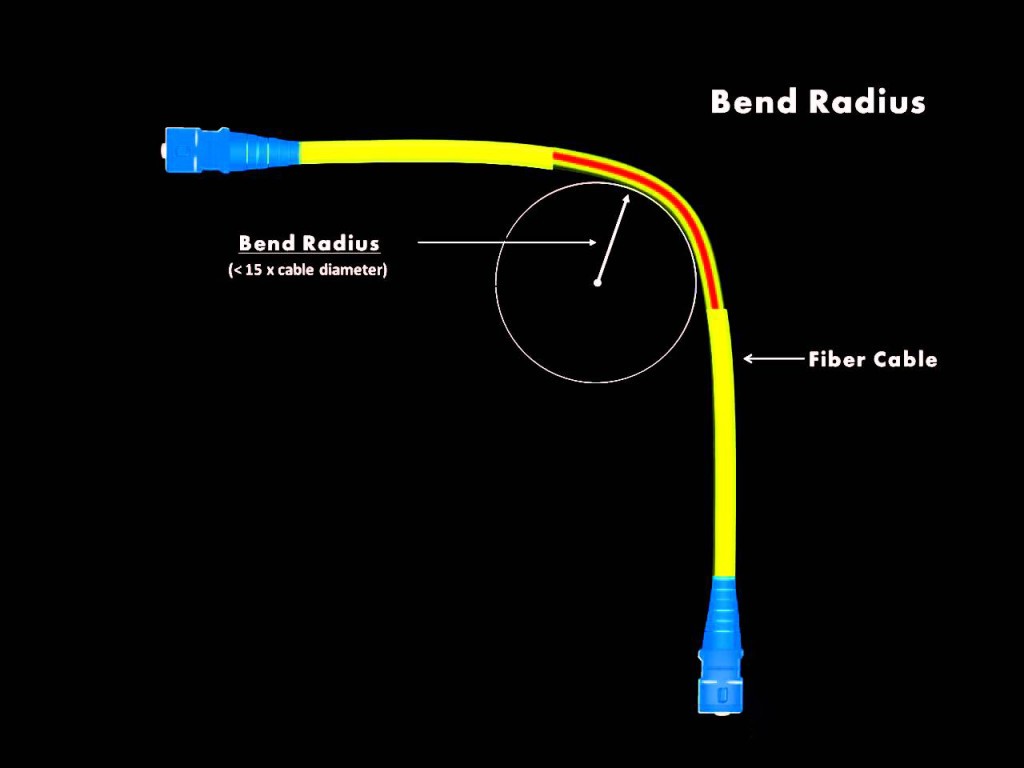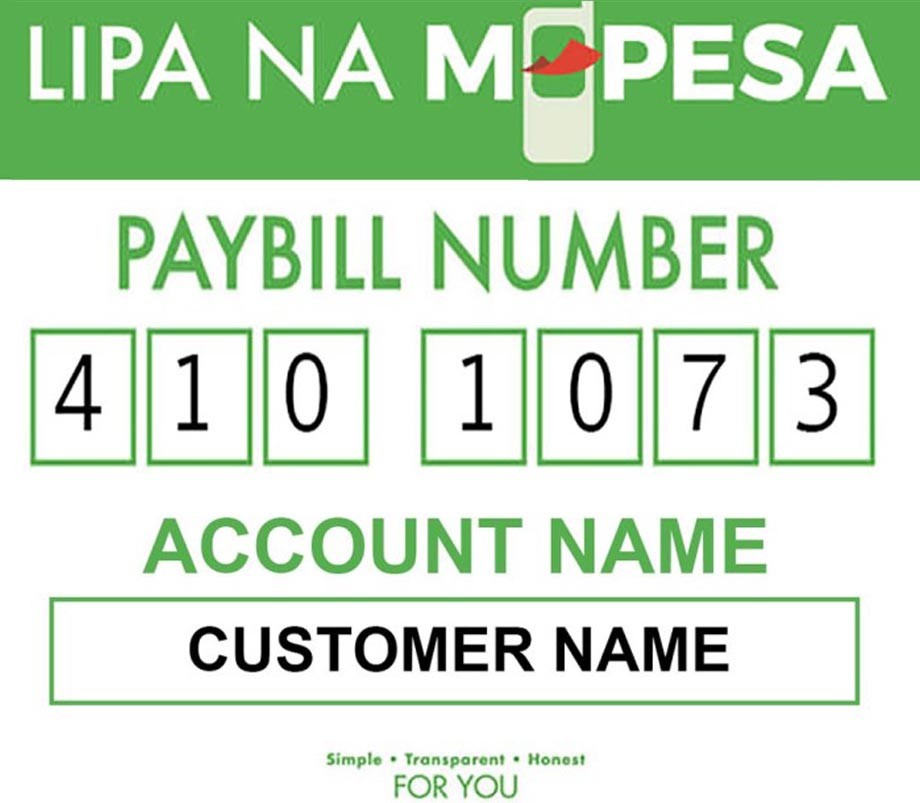
What is a bend-insensitive fiber, and when should it be used?
Bend-Insensitive Fiber Structure
Bend-insensitive fiber addresses the signal loss problem through a more advanced design of the fiber's cladding layer. The cladding in bend-insensitive fibers is engineered to prevent light from escaping, even when the fiber is bent beyond the limits of a standard fiber.
The typical structure includes an additional optical layer surrounding the core, which increases the refractive index of the cladding. This allows light signals to remain confined within the core even at steep angles. The improved structure means that even when the fiber is tightly bent, the signal continues to propagate with minimal loss.
How It Works:
- Core and Cladding: The core of a bend-insensitive fiber functions similarly to a regular optical fiber, guiding light through the cable. However, the key difference is in the cladding. Bend-insensitive fibers utilize a graded-index profile in the cladding, allowing light to be reflected more efficiently even when the cable is bent or coiled.
- Refractive Index Profile: A higher refractive index around the core provides greater control over the light’s propagation. This graded-index profile ensures that light remains inside the core, even at bend angles that would normally cause significant signal loss in conventional fibers.
Benefits of Bend-Insensitive Fiber
The benefits of bend-insensitive fiber go far beyond just avoiding signal loss. These fibers bring significant advantages in a variety of scenarios:
Improved Performance in Space-Constrained Areas: Bend-insensitive fiber is particularly useful in environments where cables are routed through tight spaces, such as data centers, apartment complexes, or office buildings. These spaces often require fibers to be bent sharply to fit within walls or ceilings, and regular fiber would suffer from signal degradation. Bend-insensitive fiber maintains performance, even in these challenging conditions.
Higher Durability and Flexibility: Bend-insensitive fibers are more durable and flexible than standard optical fibers. This makes them ideal for environments where cables are frequently moved, adjusted, or subjected to physical stress. They are often used in military applications, industrial environments, and other settings where robustness is crucial.
Simplified Installation: Since bend-insensitive fibers can tolerate tighter bends and more challenging routes, they simplify the installation process. Installers don’t need to worry as much about maintaining wide bend radii or carefully routing cables to avoid signal loss. This ease of installation reduces labor costs and speeds up deployment in large-scale projects.
Better Performance in FTTH Networks: Fiber-to-the-home (FTTH) installations, where fiber cables are routed directly into residences, often involve sharp turns and tight spaces. Bend-insensitive fiber is critical in ensuring that signals reach homes without degradation, even when installed in cramped or awkward locations.
When Should Bend-Insensitive Fiber Be Used?
While bend-insensitive fibers offer numerous advantages, they are not necessary in every situation. Here are some scenarios where using bend-insensitive fiber is particularly beneficial:
1. High-Density Data Centers:
Data centers are known for their high cable density, with miles of fiber optic cables connecting various servers, storage devices, and networking hardware. These cables often need to be routed through tight spaces, around equipment racks, and across large distances. In such cases, bend-insensitive fiber ensures optimal performance, even when cables are tightly coiled or bent.
2. FTTH (Fiber to the Home) Deployments:
In FTTH networks, fiber optic cables are laid directly to residential buildings, which often requires running cables through small conduits, walls, or ceilings. Sharp turns and tight spaces are common in residential installations. Bend-insensitive fiber ensures that the signal strength remains high, even when the fiber has to navigate these challenging paths.
3. Commercial Buildings and Campus Networks:
In large commercial buildings or educational campuses, fiber optic cables need to be routed through complex cabling systems. The need to make tight turns around corners or pass through confined areas makes bend-insensitive fiber a reliable choice to prevent signal degradation.
4. Military and Industrial Applications:
Bend-insensitive fiber is often used in military and industrial environments where cables are exposed to harsh conditions, frequent handling, or tight spaces. These environments require rugged, high-performance fibers that can withstand repeated bending and physical stress.
5. Patch Cords and Jumpers:
In environments where fiber optic patch cords or jumpers are used, such as in networking closets or data racks, bend-insensitive fiber offers better flexibility. These short connections often face tight bends, and using bend-insensitive jumpers ensures that signal integrity is maintained even when the cables are flexed or moved repeatedly.
Limitations of Bend-Insensitive Fiber
While bend-insensitive fiber offers significant advantages, it’s important to understand its limitations:
Cost: Bend-insensitive fiber is generally more expensive than standard fiber optic cables. The higher cost is due to the additional materials and engineering required to create the bend-resistant structure. For large installations where cost is a significant factor, the decision to use bend-insensitive fiber must be carefully considered.
Slightly Different Handling: While bend-insensitive fibers can handle tighter bends, they still require careful handling during installation. Excessive bending beyond the designed limits or improper termination can still cause performance issues. Installers need to follow recommended bend radii and installation practices to ensure optimal performance.
Limited to Specific Applications: In situations where fiber optic cables will not be exposed to tight bends or space constraints, standard fibers may be sufficient. In these cases, bend-insensitive fiber may offer little added value and increase costs unnecessarily.
3130
0
732
172
